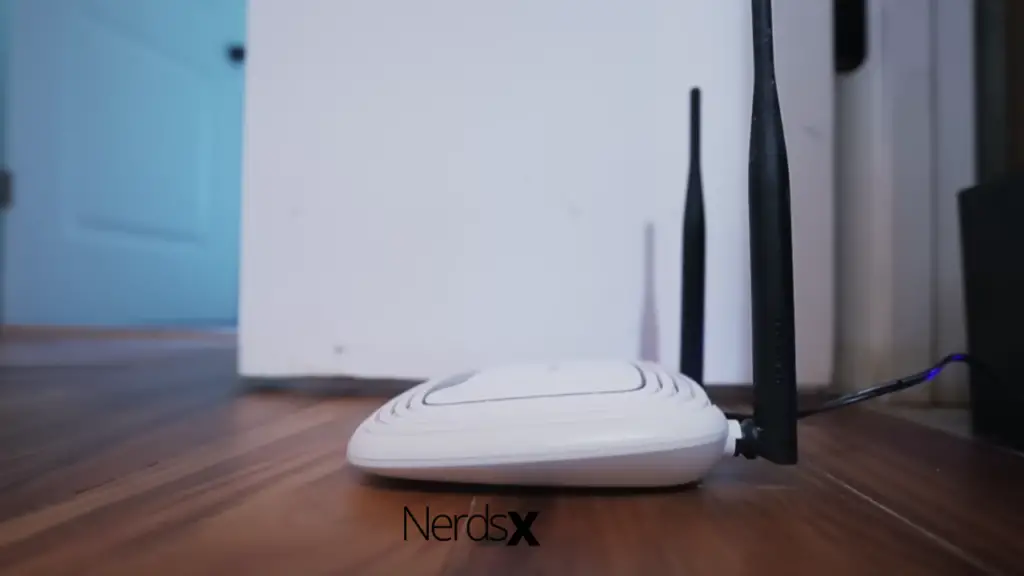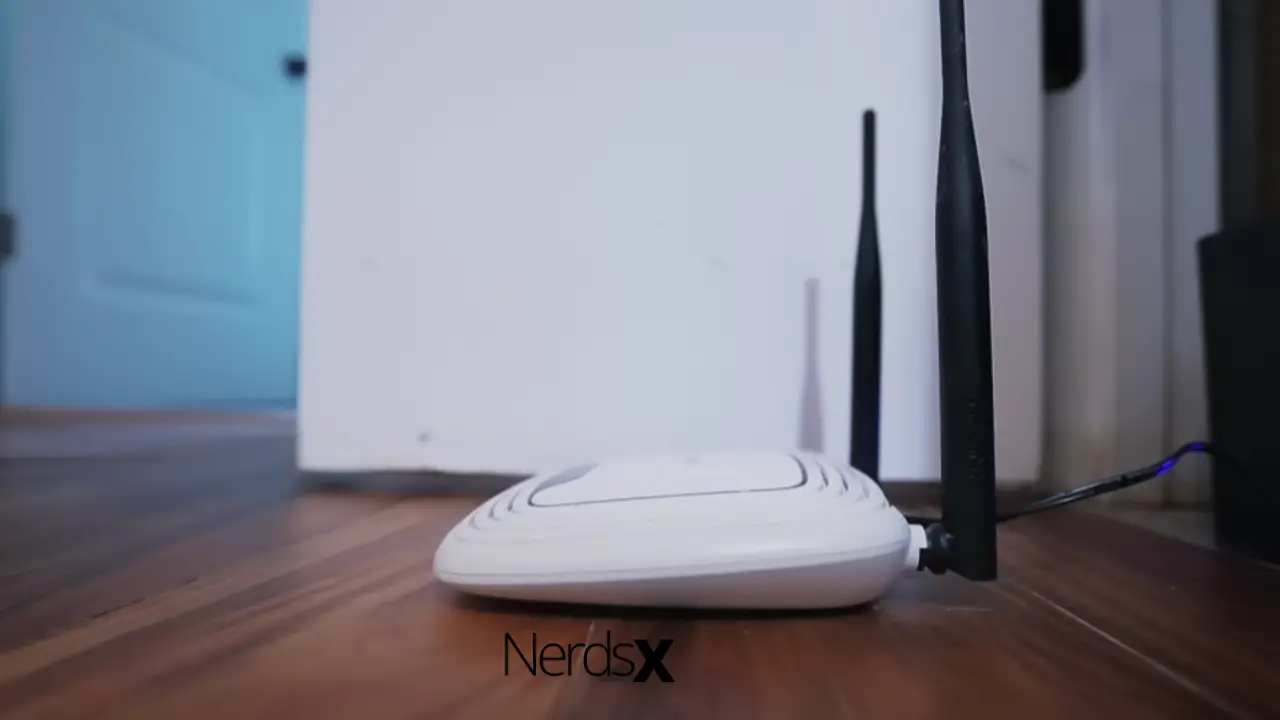The internet has become an indispensable aspect of everyday life. It has grown so vital in every part of our lives that we have virtually become reliant on wireless internet access. We use the internet daily in a variety of ways. Have you ever considered ditching this technology? What if you travel to a place where there are no internet providers? How do you connect to the internet while you’re in the middle of nowhere?
We’ve compiled a list of all the methods you can acquire internet connectivity in the middle of nowhere; follow along with us as we go through them in this article.
What Does “Middle Of Nowhere” Mean?
You’ve undoubtedly heard the term “middle of nowhere” a thousand times, but have you ever stopped to think about what it means? The phrase “middle of nowhere” does not always suggest that you are in a desolate region or a place with no one; instead, it is a linguistic term. It denotes an unpleasant emergency scenario or maybe a calamity. Any situation in which you feel entirely alone and have no one to turn to for assistance.
Let’s imagine you’re cut off from the rest of the world by a natural disaster and have no access to electricity or telecommunications. You, like most others, are likely to lose everything. You might not realize it, but even if you don’t have access to light or power, there’s a chance you’ll be able to use internet services on your device.
How To Access The Internet When You’re In The Middle Of Nowhere
When discussing how to get internet services in the middle of nowhere, it’s best to leave out power availability because you won’t be able to get appropriate electricity for your computer equipment if you’re in the middle of nothing.
Obviously, under such conditions, only rechargeable battery-powered gadgets are preferred. Now let’s look at how you’ll be able to use these rechargeable gadgets to go online in the middle of nowhere.
1. Through The Use Of Satellite Internet
Satellite internet is a wireless connection that employs three satellite dishes: one at the provider’s center, one in orbit, and one on your premises. Aside from the satellite dish, you’ll also need a modem and wires to connect the dish to the modem.
Once you’ve got everything set up, your ISP will transmit the internet signal to a satellite dish, then relay it to you. Every request you make (new page, download, email, etc.) is sent to the space dish and then to the (ISP’s) hub. After that, the request is relayed back via space, to your dish, and finally to your computer.
What Companies Now Provide Satellite Internet?
Viasat and HughesNet are the country’s two leading satellite internet providers, and both have decades of experience in satellite-based communications. HughesNet just launched its Gen5 service package for satellite-based residential internet. Meanwhile, Viasat has begun selling Viasat Flex, a new satellite/DSL hybrid service that promises to increase signal dependability and reduce latency. AT&T’s DSL network services in rural locations are offered at no additional cost.
Those two well-known brands are now up against fresh, high-profile competitors. Amazon’s Project Kuiper, which will deploy hundreds of satellites to develop its satellite-based internet service under the Amazon umbrella, was approved by the Federal Communications Commission in July of last year. Elon Musk, the CEO of SpaceX, is even further ahead. His company’s Starlink satellite internet service already has over a thousand satellites in orbit, and the service is now in open beta with over 10,000 clients in specific locations.

Myths Regarding Satellite Internet
The conflict between consumer satellite providers and the cable sector is well-known. There is a comparable opposition to satellites from proponents of land-based communication technologies in the commercial sphere. Here are the myths:
1. Internet Access Through Satellite Is Slow
Download rates of up to 25Mbps and upload speeds of up to 3Mbps are possible with satellite Internet. That’s more than enough speed on today’s media-driven internet to do anything. Dial-up connections have a maximum rate of 56 kilobits per second.
For instance, downloading a 5-minute HD film (300MB) would take 12 hours over a dial-up connection and 3 to 8 minutes with a satellite connection.
2. It Is Costly
It was pretty costly when satellite Internet became available to the general public. Depending on the supplier, installation and servicing costs might surpass $1000 per month.
It’s simple to understand why satellite technology has a terrible reputation, yet satellite technology has improved quickly to the point where a monthly package can cost as low as $59.99. The majority of service providers additionally give free equipment installation.
3. Satellite Is Powerless In The Face Of Data Limitations.
The availability of data restrictions is one of the most common concerns consumers have about satellite Internet. Satellite customers get allocated a particular amount of monthly bandwidth (depending on the package), and if they exceed that amount, their service gets throttled (but still usable).�?
This restriction is put in place to guarantee that heavy users do not consume all available bandwidth and have equal access to consistent upload and download rates.
All satellite Internet providers have bandwidth constraints, and many users are unaware of why they exist or how to utilize what they have effectively.�?
You will rapidly exceed your limitations if you spend hours viewing HD videos on YouTube, downloading music albums, and installing massive software upgrades.
Users must recognize that satellite Internet is not a replacement for dial-up or sluggish DSL in rural areas and it cannot be utilized in the same way as cable Internet.
Users should use the free tools and resources included with their package and the additional bandwidth available during off-peak hours.
4. You’ll Have To Deal With Constant Weather Outages
Due to weather disruptions, satellite Internet has long had a bad reputation for not working effectively.
This reputation is not the case since most clouds will not disrupt your Internet connection, and it will only be affected during extreme weather conditions.
If you’re having problems with your service, contact your provider and have a specialist look into it.�?
5. The Phone Line Will Be Tied-Up By Satellite Internet
Unlike dial-up, which uses your phone line, satellite Internet provides two-way, high-speed communication.
You will be able to converse on the phone while browsing the internet without being interrupted.
The majority of satellite Internet providers also provide telephone service. This service will operate on a separate signal than your internet, so it will not disrupt your connection.
2. Cellular Data Providers�?
If you have a smartphone that allows you to use it as a personal hotspot, you may have data on both your phone and your computer, thus killing two birds with one stone. You also have more portability because you only need to be within range of a cellular tower.�?
If you want a permanent personal hotspot, you can utilize your wireless SIM card in an old smartphone. You’ll be able to multitask more effectively with your smartphone and PC this way.
Unlimited 4G LTE or 5G data plans are the way to go if you go this path. They’re available from all major carriers, including AT&T, T-Mobile, and Verizon. On the other hand, unlimited plans frequently throttle the connection after a specific amount of time.
Because smartphone antennas aren’t always the finest, your signal may fluctuate a lot from time to time. That is why it is preferable to get a device that will be used only as a mobile hotspot.�?
While the antennas on these mobile hotspots are superior to those in phones, you won’t be able to utilize a directional antenna, so you’ll have to hop from room to room to obtain the most significant signal.
It’s even possible to clip it to a window or hang it outside! Furthermore, your cellular carrier will recognize that it isn’t a phone, and phone plans get designed for phones.
The download and upload speeds you obtain will vary widely from provider to provider and are determined by the signal strength and kind of tower nearby. Because 5G towers are still relatively new, don’t expect to see any within the operational distance. Although 4G LTE is most likely, you may be limited to 3G speeds in rural regions.
3. DSL Service Providers
DSL is the service that wiped dial-up off the face of the earth. It’s quicker than dial-up, it’s constantly on, and you can talk on the phone while you’re online. Because it uses your existing phone lines, this is the most typical internet connection you’ll find out in the country. While it is quicker than dial-up, it is still highly sluggish by today’s standards.
Frontier Communications is the only DSL service in Montana. The average upload and download speeds were roughly 10 Mbps and 1 Mbps, respectively. That’s ridiculously sluggish. You might be able to watch a low-quality film on Netflix, Prime, or YouTube, but Apple TV and Disney Plus are pretty much out of the question. A one-gigabyte file would take about 15 minutes to download with a stable connection.
You’ll undoubtedly have a sluggish connection, but it’ll also be pretty dependable – it may be the most reliable on this list.
You may use a simple web tool to look for DSL providers in your region and discover what’s available. AT&T, Century Link, EarthLink, Frontier, and Verizon are standard providers. Despite this, numerous organizations provide DSL services since it’s a relatively low-cost game to enter with the necessary infrastructure already in place.
Conclusion
Typically, rural and more remote communities in the United States are only served by one internet provider, whether dial-up or another sort of connection. In highly congested areas, some companies provide slower speeds than other ISPs. There is no pressure on them to innovate and improve their infrastructure to give consumers faster speeds because they are the only ones in the neighborhood. The above-discussed ways would help you get Wi-Fi in the middle of nowhere.

